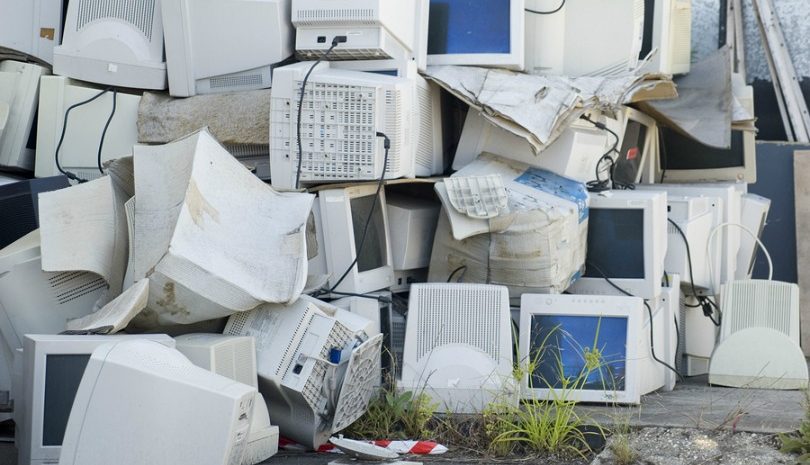Consumers need help closing the loop on electronic waste

New research reveals that 83 per cent of Australians don’t where to recycle their old smartphones, laptops and other electronic waste (e-waste) and 60 per cent don’t know these items can be recycled in the first place, resulting in a large amount of e-waste ending up in landfills or collecting dust in junk drawers at home.
This is the finding of a recent survey commissioned by national e-waste recycling service, TechCollect, which found that only 23 per cent of respondents regularly recycle outdated products, even as consumption of electronics is getting higher. The average Australian household today has approximately 17 electronic devices.
Instead, 28 per cent of survey respondents said they put their e-waste on the nature strip for a scheduled council collection, and 25 per cent said they throw it in the garbage bin, which means products are almost certainly going straight to landfill.
“These figures are definitely worrying to us. As the end users of these products, it’s important the public is informed on the important role they play in responsible e-waste recycling,” said TechCollect CEO Carmel Dollisson.
“With the consumption of electronic devices getting higher all the time, it’s crucial consumers look at e-waste recycling as the natural next step in the product lifecycle, especially when it no longer serves its purpose to them,” she said.
This ensures materials that can be harmful to both people and the environment if put in landfill, are correctly recovered or disposed of. But besides not knowing why or how to recycle e-waste, consumers have other reasons for hoarding their old devices.
Over half of survey respondents (52 per cent) said they are worried about losing their personal data, while 64 per cent said they’re afraid their data will get into the wrong hands if they recycle old devices.
Previous TechCollect research shows this number has increased by 25 per cent, with the same questions receiving a response of 39 per cent in 2015.
“The challenge is encouraging consumers to let go of old devices they are no longer using or which are actually broken beyond repair. Although devices can hold sentimental value, the non-renewable resources in them can be used in manufacturing when recycled correctly,” Dollison said.
While organisations like TechCollect are working to educate consumers, there is also an opportunity for electronics retailers – which represent some of the biggest e-commerce companies in Australia – to help consumers close the loop.
Fast fashion retailers have been making strides in this space in recent years, with major players like H&M offering to help consumers responsibly dispose of old clothes, even offering monetary incentives to drop-off items in store.
Research shows most consumers are eager for help. Eighteen per cent of survey respondents who said they don’t recycle e-waste said they feel very guilty about it, and 46 per cent said they know they could be doing more to help.
“These findings are promising. They tell us most people feel responsible for the e-waste they produce and do feel an element of guilt when they choose not to recycle it. But the sad reality is many people just don’t know what to do with their e-waste,” Dollison said.
TechCollect has provided a simple checklist to help:
1. Take a look around your house/office for old, unused electronics.
2. Wipe data, say goodbye, perform any farewell ceremonies.
3. Find out what TechCollect takes here.
4. Find your nearest TechCollect site here.
5. Drop off your unwanted e-waste for free.
6. Feel good that you did something positive for the planet.
7. Enjoy your new, de-cluttered life.
Comment Manually
You must be logged in to post a comment.

No comments